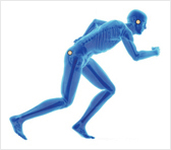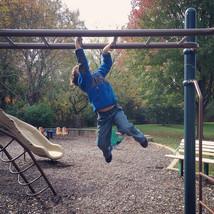Copyright © 2014 The BodyTalk Centre. All Rights Reserved.
Disclaimer: The entire contents of this website are based upon the opinions of The BodyTalk Centre, unless otherwise noted. Individual articles are based upon the opinions of the respective author, who retains copyright as marked. The information on this website is not intended to replace a one-on-one relationship with a qualified health care professional and is not intended as medical advice. It is intended as a sharing of knowledge and information from research and experience. The BodyTalk Centre encourages you to make your own health care decisions based upon your research and in partnership with a qualified health care professional. If you are pregnant, nursing, taking medication, or have a medical condition, consult your health care professional before using products, services, changing your diet, and/or beginning an exercise routine based on this content.







